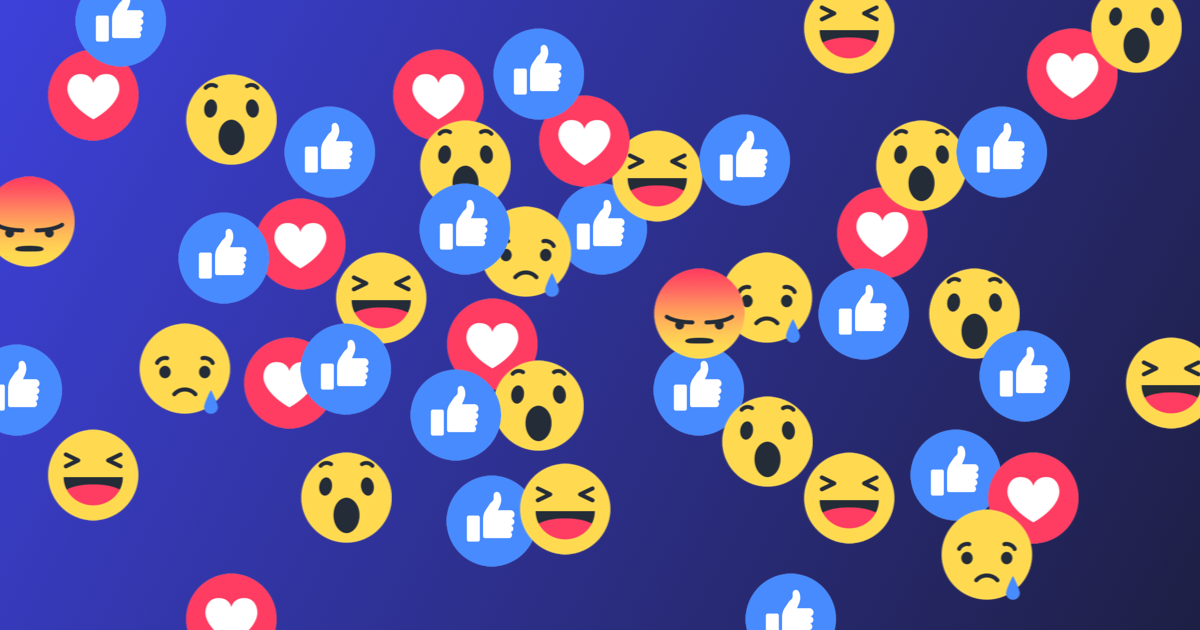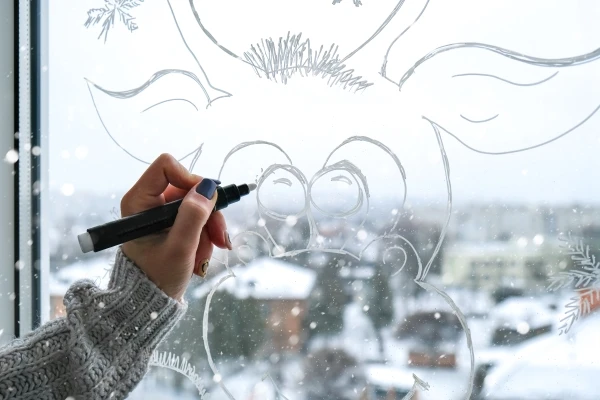Retro recipe

Social media, it's all around us, from posting pictures and sharing status updates to liking them. Get ready to dive into the world of Facebook.
Ingredients
- The team
- Printed page with the 'like' emojis
- A room (optionally a room with a lot of windows & markers to write on them)
- Your drawing skills
Retrospective (1h30)
Icebreaker: Posting our own pictures (15min)

When you say "Facebook", you think of pictures and likes. Well, that's exactly the direction we're headed.
What you need for this game:
- Pen & paper OR markers & windows to write on
- A random picture generator: https://randomwordgenerator.com/picture.php
Explanation of the game:
We are going to play a game of reversed Pictionary. One person generates a random picture on the computer and describes it to the rest of the team, who in turn draw what that person is saying.
After 3 minutes, the real picture is revealed, and we all have a laugh at each other's drawings. After that, each person gets 2 likes to award to their favorite drawing. The person with the most likes will become the next describer and we will play a total 3 rounds.
This game is meant to boost team trust and happiness, and help us practice listening to each other. It will prepare us for the next part of the retrospective.
'Like' this sprint ( 70min )
For the next part of the retrospective, we are going to talk about the different types of 'likes' on a Facebook post and reflect on how they apply to the past sprint. Below you can find the different types of 'likes'.
Part I: Think about it (10min)
First, everyone has 10 minutes to answer the questions linked to the different types of 'likes'. Encourage the team to fill in something for every category, but don't force them.

- Like: What did you like this sprint?
- Love: What did you love this sprint?
- Care: Who did you care for this sprint or who cared for you?
- Laugh: What made you laugh during this sprint?
- Sad: What made you sad during this sprint?
- Surprised: What surprised you during this sprint?
- Mad: What made you angry this sprint?
Part II: Group discussion (45min)
Now, we will discuss the different types of 'likes' with the whole group. We will go around the circle, so everyone can share what they wrote down. It's important to ask follow-up questions and engage in discussions to understand the reasoning behind their answers. Ask what can be improved, what we should continue doing, and write down key takeaways from the discussion to create action points out of them.
A tip: After completing the first round, consider changing the order of speakers to avoid having the same person go first or last every time.
Part III: Create action points (15min)
After discussing the different types of 'likes' and writing down key takeaways, we can create action points or continue doing points to improve our processes and tools.
If you have multiple action points, try to prioritize them according to the team's decision, so we can focus on the most important ones.
Give your likes (5min)
Last but not least, let's rate how the retrospective went. Hopefully, it was a successful session for your team, and you can tell by how they rate it.
On the paper with the emojis that you printed out, they can write a number from one to five on the back, and optionally even add some thoughts on what went well or what needs some work.
Follow-up
For most intents and purposes, your eventual board will contain a lot of info all over the place. Often, your team will already have a main location to place retrospective notes. Pay particular attention to the action points. Highlight them or put them in a separate section. Do not forget to follow up where necessary in your next retrospective and/or daily!